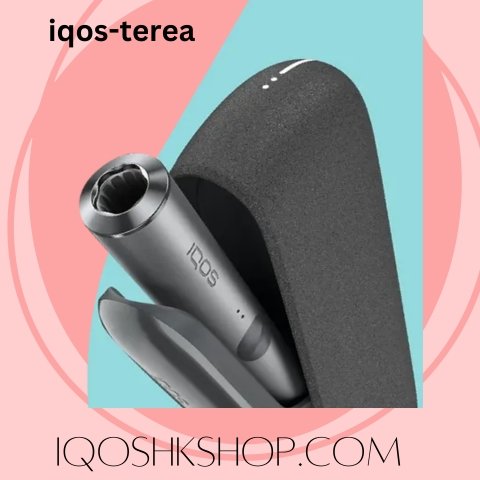How Augmented Reality is Revolutionizing Marketing and Customer Engagement
Augmented Reality (AR) lets people view digital images or information using a smartphone or special glasses in real life. Over the past years, AR has emerged as especially one of the most popular trends in marketing and customer engagement. From its use in escape room games to marketing channels, AR is rapidly evolving the world:
What is Augmented Reality (AR)?
Augmented reality differs from virtual reality because the latter transports you into a completely digital world. However, with AR technology, you can bring in elements of the digital world into your reality.
For an example, when you use an AR application through your phone, you can aim the camera at a product. Then the application will now display additional information on your screen such as reviews or prices.
How Is AR Used in Marketing?
Many companies are today starting to use AR in marketing their products and services. This is because this offers businesses a great opportunity to reach customers in an entertaining and engaging manner. Some examples of how AR is used in marketing include:
- Virtual Try-Ons: The most popular use of AR technology that marketers have seen is virtual try-on. Here, using his smartphone, the customer can try on clothes, makeup, or even glasses from within his home without ever having to walk into a store to feel and experience them.
- Interactive Advertisements: AR also made advertisements interesting. Not a normal advertisement anymore, companies now design an interactive AR ad that lets the customers see the product in 3D. For example, car companies can use AR to present the prospective purchaser the new model car from every angle.
- Product demos: AR lets customers see how a certain product would look or work in the real world. Like with furniture companies such as IKEA, you may place virtual furniture in your room before buying it, see how it fits and works, and thus improve your buying decision.
- Location-Based AR: Companies are also utilizing location-based AR marketing. The special offer or the content can only be unlocked using this form of AR when a user is at a particular location. Location-based AR is a truly good example of Pokémon Go, which has already smashed various records due to real-life movement hunting virtual characters.
Benefits of AR in Marketing
AR is changing the business-communication mode with the customer. There are some huge benefits of using this technology in marketing, which includes:
- Customer Experience: AR makes shopping experiences more fun. The way through which customers and the products interact takes new forms, keeping them engaged for a long time. Better experiences usually lead to higher customer satisfaction.
- Sales: It is boosted when people can envision how a product will look or function in their lives. It instills people with self-confidence in making purchases because they can see the product in real life.
- Better Engagement: The interactive style of AR content is more engaging than traditional marketing tools. If customers are given the liberty to explore a product or try it out virtually, they might retain the experience of the brand in memory and would refer others to it.
- Brand Differentiation: With the competitive market, one common ground AR can use to differentiate a brand. Companies that engage in AR in their campaigns demonstrate that they are dynamic and responsive to the customers’ needs. That gives them an upper hand and leaves their competitors behind.
How AR Enhances Consumer Interaction
AR also alters how products are marketed. Indeed, it lets brands create thrilling customer experiences that attract repeat shoppers. For example:
- Interactive Packaging: Some companies put AR into the packaging of their products. Shoppers can use their mobiles to scan the packaging and gain access to exclusive content: for example, games or tutorials. The act of unboxing becomes more playful and entertaining.
- Social Media Filters: Filters provide users an enjoyable means of interacting with brands in a much lighter, less stringent way. Moreover, many beauty brands offer filters where the user can “try on” new makeup.
Conclusion
From virtual try-ons to location-based experiences, AR will help firms reach out to customers in ways that other people cannot imagine. As development of this technology continues, companies will increasingly adopt AR for enhanced customer engagement and marketing!






